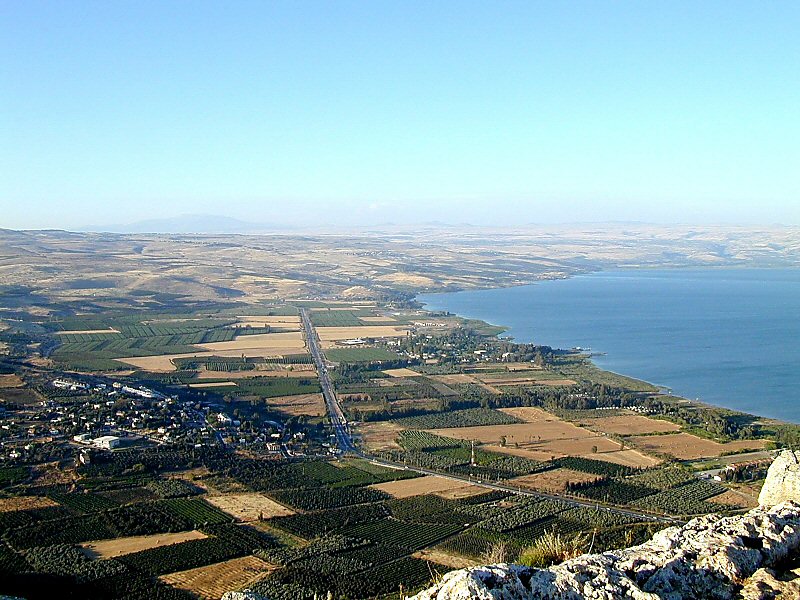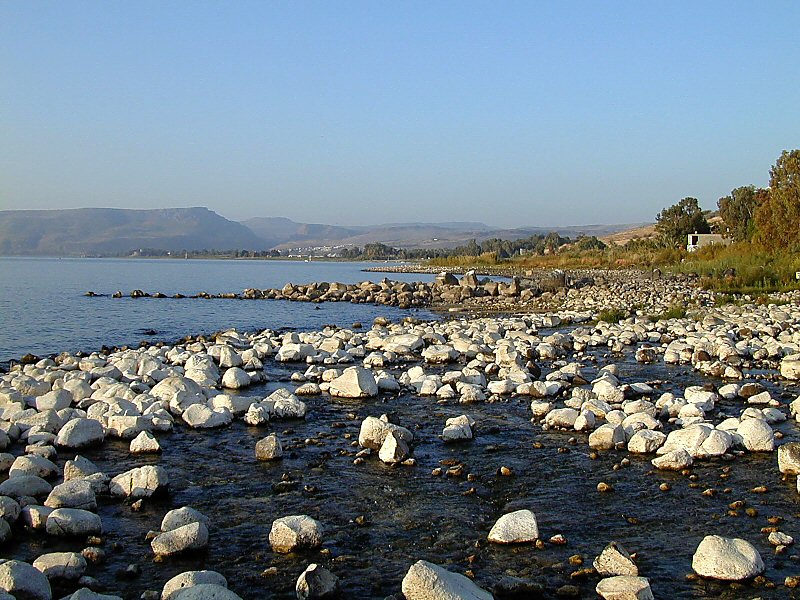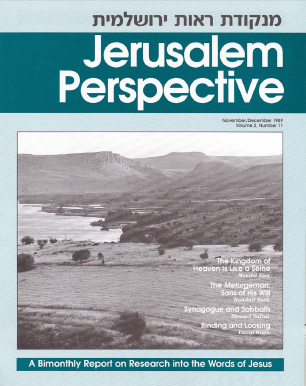Revised: 6-Sep-2012
The famous, first-century A.D. Jewish historian Josephus obviously was moved by the beauty of the fertile Plain of Gennesaret, as his rapturous description makes clear:
Skirting the lake of Gennesar [Sea of Galilee], and also bearing that name, lies a region whose natural properties and beauty are very remarkable.
There is not a plant which its fertile soil refuses to produce, and its cultivators in fact grow every species; the air is so well-tempered that it suits the most opposite varieties.

The walnut, a tree which delights in the most wintry climate, here grows luxuriantly, beside palm-trees, which thrive on heat, and figs and olives, which require a milder atmosphere.
One might say that nature had taken pride in thus assembling, by a tour de force, the most discordant species in a single spot, and that, by a happy rivalry, each of the seasons wished to claim this region for her own. For not only has the country this surprising merit of producing such diverse fruits, but it also preserves them: for ten months without intermission it supplies those kings of fruits, the grape and the fig; the rest mature on the trees the whole year round. Besides being favoured by its genial air, the country is watered by a highly fertilizing spring, called by the inhabitants Capharnaum [Capernaum]…. This region extends along the border of the lake which bears its name for a length of thirty furlongs [5.6 kilometers] and inland to a depth of twenty [3.8 kilometers]. Such is the nature of this district (The Jewish War 3:516-521, translation by H. St. J. Thackeray in Vol. II of Josephus [London: William Heinemann, 1927], in the Loeb Classical Library series).
































































































